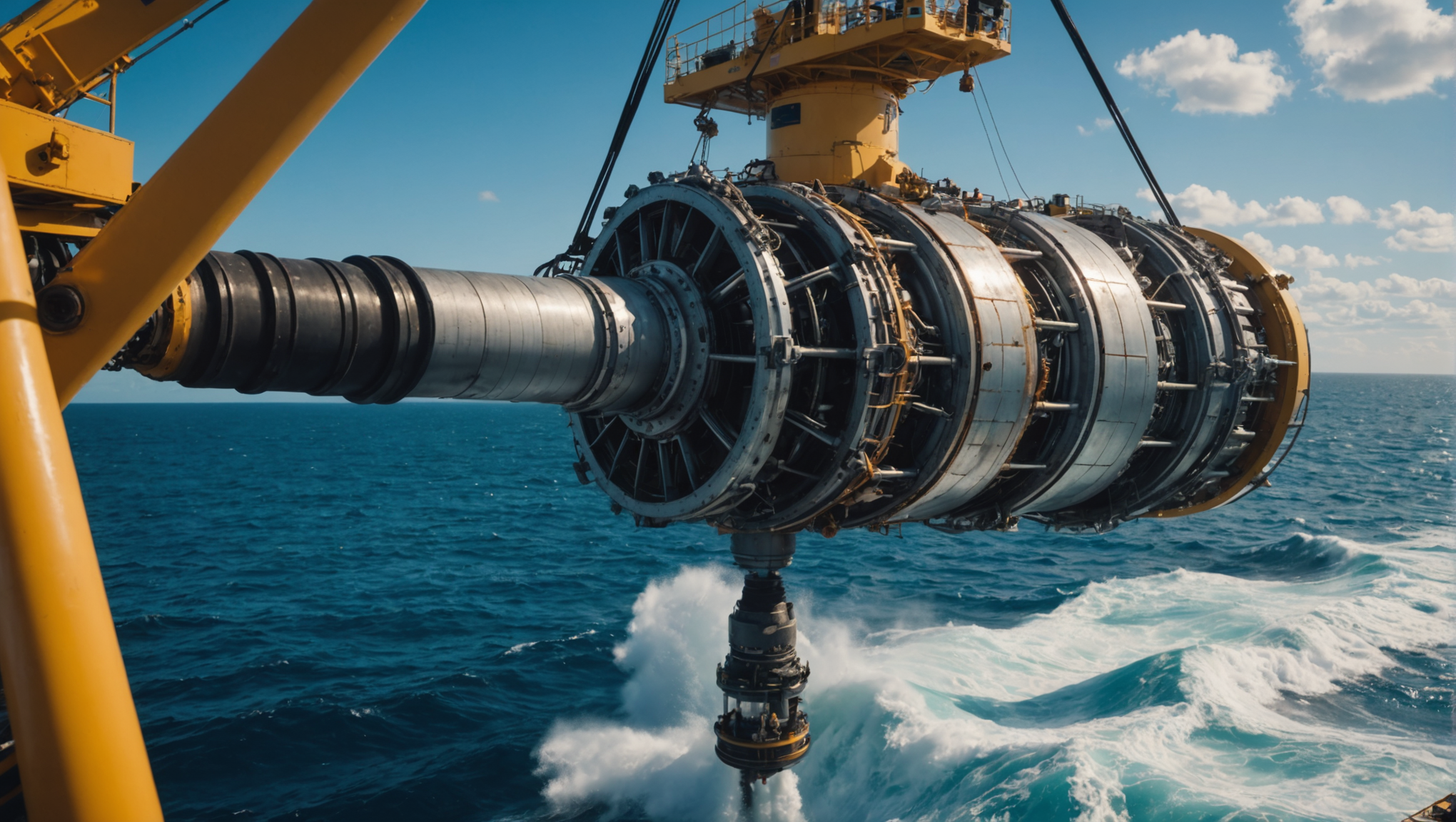Curiosity Rover Uncovers Siderite, Shedding Light on Mars’ Atmospheric Evolution
Navigating the rugged terrain of Gale Crater for over a decade, NASA’s Curiosity rover has unearthed significant findings that illuminate the evolution of Mars’ atmosphere, particularly the exciting discovery of the mineral siderite. This iron carbonate mineral, located in the sulfate-rich layers of Mount Sharp, may hold the key to unraveling the long-standing mystery regarding […]
Read the full story








